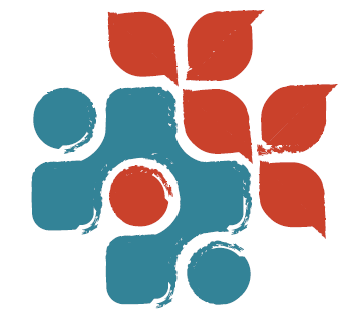The Heads Up On Concussions By Pam Ferguson
A concussion is a type of traumatic brain injury (TBI) that can be caused by a bump, a blow, or a jolt to the head, or by a hit to the body that reverberates through the head and brain. Sudden movements like these can cause the brain to bounce around in the skull, causing direct brain damage and subsequent chemical changes creating further damage to brain cells. Slips and falls, collisions, impact on the sports field, or being hit by an object or person are some examples of actions that can cause a concussion. Clinicians may describe a concussion as a “mild” traumatic brain injury because they are typically not life-threatening, but the effects of a concussion can be serious. Only a medical professional (doctor or nurse practitioner) can medically diagnose a concussion
Personal experiences with concussion vary dramatically--they impact each person differently. It’s important to recognize that concussions can affect all parts of a person’s life, from going to work or school to being physically active, playing sports, and even taking part in everyday activities.
Dangerous Signs & Symptoms of a Concussion
One pupil appears larger than the other.
Drowsiness or inability to wake up.
A headache that gets worse and does not go away.
Slurred speech, weakness, numbness, or decreased coordination.
Repeated vomiting or nausea, convulsions or seizures (shaking or twitching).
Unusual behavior, increased confusion, restlessness, or agitation.
Loss of consciousness (passed out/knocked out). Even a brief loss of consciousness should be taken seriously.
If you or someone you know has experienced a bump, blow or jolt to the head or hit to the body and shows any of these signs or symptoms, it’s important to go to urgent care, for proper diagnosis and to ensure that a hematoma (a dangerous collection of blood on the brain) has not developed.
Concussions Ontario is an information and resource portal that shares the work of the Ontario Neurotrauma Foundation (ONF) and its partners on concussion research and implementation projects. It serves to inform patients, family members, clinicians, administrators, and the public about its research and practice advancements in concussion care across Ontario. http://concussionsontario.org/patienteducation/aboutconcussions/
Managing recovery following a concussion can include:
Resting strategies and restriction of activities, including screen time
Modification of academic and/or employment demands, implementation of a return to school/work calendar
Neurocognitive assessment
Physical therapy, Chiropractic, Osteopathy, Massage, or other therapeutic services for associated complaints
Rehabilitation for balance, coordination, and vestibular-based impairments
Screening and rehabilitation for hand-eye coordination, and referral for specialized Optometric assessment if necessary
Exercise/exertion testing in preparation for return to sports
Dietary modifications to ensure adequate nutrient supply to the brain
Just like with any injury, injured brain tissue will heal when provided the necessary rest and nourishment. However, much like a torn muscle, once the tissue has been regenerated, it must be given the right amount of stimulation to restore its initial strength and function. Physical Therapy management of concussions primarily focuses on using graded exposure to those activities that have become difficult as a result of the concussion, until they are no longer difficult.
Pilates can play a role in physical therapy and exercise that supports a return to regular activity. While every concussion is different, exercises that use the equipment to help stabilize the head, neck, and shoulders (like footwork on the reformer) while working the core and lower body can be useful in early days, while employing props like the fitness circle to reintroduce cervical and thoracic flexion and/or extension can help calm fears and anxiety related to these types of movement and provide physical support.
Throughout February, our social media will focus on exercises like these, others for balance, coordination, and head/eye proprioceptive movements, as well as modifications to some standard Pilates exercises that can bridge the gap during recovery.
